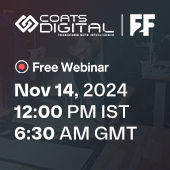Numerous techniques have been explored to determine the flexural rigidity of fabrics, each with its own set of limitations and conditions. This article delves into various systems for assessing the flexural rigidity of fabrics, studying their methods and highlighting their usefulness in obtaining crucial information.
The flexural rigidity and bending behavior of fabrics are often influenced by their weight. The article explores different methods and observations, establishing correlations between them. Early research by Peirce in 1930 focused on the pure flexural rigidity using the cantilever principle in fabric testing. Subsequent methods, such as J.D. Owen's and R.G. Livesel's manual cloth bending tester, and I.M. Stuart and K. Baird's bending length of loop method, expanded the understanding of bending in woven fabrics. Other researchers explored stress relaxation on bending, including work by Dhingrere et al. and Behra et al. The article introduces a novel technique, Inverse Stress Relaxation on Bending, contributing to the evolving field of flexural rigidity assessment.
Originally Published in Textile Review, April-2011
About the Authors:
- M. Chenganmal is an Assistant Professor in Textiles at K.S.R College of Technology, Tiruchengode.
- Dr. H. L Vijayakumar is the Principal at Army Institute Fashion Technology, Bangalore.
- Dr. V. Subramaniam is the Director of the Textile Department at Jaya Engineering College, Chennai.





20240924091633.png)





Comments